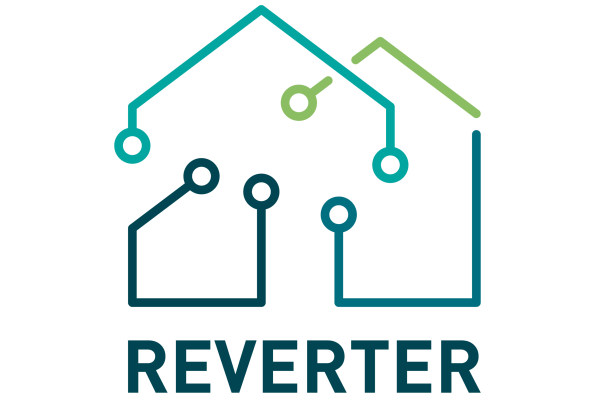
Energy poverty is a crucial socioeconomic problem, as it deprives people of a basic standard of living and quality of life. According to recent data for energy poverty across Europe, about 7% of the European citizens could not afford to adequately heat their homes, 6.4% reported arrears on utility bills, more than 16% spent a significantly high percentage of their income on energy costs, while, on the other hand, 14.6% presented abnormally low energy expenditure, as a result of their low incomes. Energy poverty is mainly connected with high energy prices, low household income and energy-inefficient buildings and appliances. Due to energy crisis in Europe, the importance of these factors has escalated.
REVERTER aims to decrease energy poverty in Europe by addressing the poor energy efficiency of dwellings of vulnerable households. In this direction, 9 different roadmaps will be developed and tested by setting up a network of pilots in four European countries that cover different climate regions and socioeconomic conditions regarding age and size of buildings, owner-occupancy rates, percentage of multi-family houses and single-family houses, income, values and beliefs of the inhabitants etc.
The roadmaps will target the worst-performing homes first (“worst first” principle) and will be tailor-made to the characteristics of the pilot areas. By covering a sufficiently cohesive group of cases, REVERTER will allow for a larger-scale rollout and replication of the proposed actions through engagement with local, national and EU stakeholders. Moreover, by focusing on the most cost and environmental effective renovation methods through integrated assessment REVERTER will help to upgrade a greater number of homes for a given budget, maximising energy and costs savings while reducing GHG and other pollutants emissions. Finally, REVERTER will cope with split-incentive dilemmas and will address market, information and behavioural failures through the creation of four “one-stop shops” as defaults for the enrolment of vulnerable households in subsidy schemes for building retrofit. These households will be helped to increase their awareness about efficient energy use before and after energy interventions by the REVERTER Ambassadors, information campaigns and capacity building actions, all with a view to improving their health, well-being and living comfort.
Some concrete key performance indicators include:
Achieved
- Social surveys done: 4
- Number of participants in surveys: more than 2,000 participants (more than 1,400 completed the survey)
- Digital OSS: 4 digital OSS have been launched (https://reverter-brezovo.bg/; https://energeiakistegi.gr/; https://renove.lv/; http://renovar.coimbra.pt/)
To be achieved
- Primary Energy Savings in GWh/year triggered by the project: 1.85 GWh/year (project-end value)
- Final Energy Savings in GWh/year triggered by the project: 1.07 GWh/year (project-end value)
- Renewable Energy generation in GWh/year triggered by the project: 0.32 GWh/year (project-end value)
- Reduction of GHG in tons of CO2 equivalent per year (tCO2eq/year) triggered by the project: 550 tCO2eq/year (project-end value)
- Cumulative investments in sustainable energy triggered by the project: 1 M€ (project-end value)
- Number of legislation, policies or strategies created/adapted due to the project: 4 (project-end value)
- Number of buildings renovated: 3 multi-apartment buildings and 10 single-family houses (project-end value)
- Demonstration of the effectiveness and replicability of the proposed solutions among energy-poor households: more than 20,000 households through 9 awareness campaigns and information material
- Number of energy-poor consumers impacted by the project: 6,000
- Number of people helped to improve their quality of life by the project: 3,000 through the implementation of 1,500 visits
- Number of households enrolled to retrofit subsidy schemes: 1,000
Follow the project updates on Facebook, LinkedIn, X (former Twitter) and YouTube. This page was last updated on 30 October 2023. For the most updated information about the project, please visit the EC Funding and Tender website and the website of the project.
- Project duration
- -
- Project locations
- BulgariaGreeceLatviaPortugal
- Overall budget
- €1 744 397
- EU contribution
- €1 657 17895% of the overall budget
- Project website
- Project website
